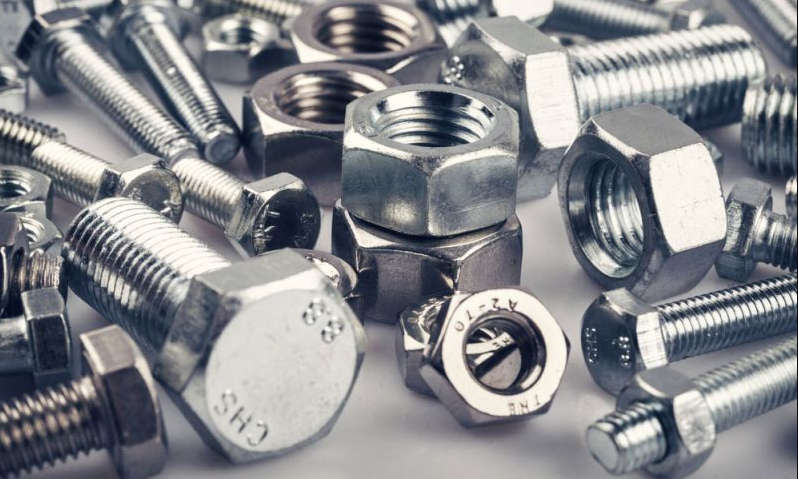
The Best Metal Finishing Technologies

Nearly every metal product manufactured today goes through some form of metal finishing technologiesprocess. Metal finishing can add corrosion resistance, improve solderability and aesthetics while also making cheaper metals available to use in production.
Selecting an ideal type of metal finishing can depend on numerous considerations, and requires you to balance function against cost when making your decision.
Electroplating
Electroplating provides a solution that extends their lifespan and performance of metal products that would otherwise corrode quickly without proper finishing processes such as electroplating.
Electrical components used in modern electronic devices require metals that conduct electricity effectively, such as pure gold or silver. While having these components manufactured from such expensive metals would be costly, plating them with other metals like nickel and zinc-nickel can help to reduce friction at contact points and extend their lifetime significantly.
Everyday household items like silverware cutlery often benefit from electroplating for both durability and aesthetic purposes. Without it, these metals could easily rust or break due to being subjected to constant use.
Electroplating is an affordable and straightforward method for plating almost any substrate, including almost anything made out of metal. Simply immerse the substrate in an electrolyte solution while applying constant electric current; this causes negatively charged ions to migrate towards the anode while positively charged ones deposit themselves on the cathode.
Powder Coating
Advance metal finishing is an integral component of manufacturing that makes quality products simpler and cheaper to produce. It involves coating, cleaning, or otherwise treating metal to enhance durability. And aesthetics as well as improve performance while decreasing weight - it is an incredibly diverse and flexible process with many techniques including sandblasting, heat treating and hot blackening being among them.
Powder coating involves applying dry color powder directly to metal surfaces and then baking it in an oven, providing high-quality, long-term finishes in any color you can imagine. Powder coating does not contain solvents for environmental friendly coating.
The process is highly customizable, working just as effectively for one-off jobs as for large volumes. Furthermore, it is much faster and less costly than liquid coating - as well as being compatible with treatments such as chromate conversion, phosphates or dry film lubricants.
Sand-Blasting
Sandblasting is one of the key metal finishing processes. This environmentally-friendly technique uses high-velocity jets of tiny abrasive particles to clean surfaces, remove burrs or tags and prepare them for coating - without using toxic chemicals and eliminating risky dust inhalation that could potentially lead to silicosis.
There is an array of abrasive blasting materials available for this process. Plastic grit is especially suitable for fiberglass parts while steel shot and grit can be used on metal components. Staurolite is another metamorphic rock with lower hardness than silica that could serve as an effective replacement to silica blasting materials.
Sand-blasting has applications not limited to industrial and mechanical needs; it can also be used to clean urban environments and commercial properties. Sandblasting helps extend the lifespan of concrete sidewalks, parking garages and other surfaces while eliminating stains; additionally it is used by artists as an artistic medium in creating outstanding artwork or designs.
Polishing
Polishing is one of the key techniques in metal finishing technology. Polishing involves buffing metal surfaces with an abrasive compound to remove scratches and nicks from finished machined parts as well as increase shine and luster, using cloth, buffing wheels or stationary/automated equipment.
Metal polishing is an integral component of many manufacturing processes. Most metal products, including architectural metalwork, cookware and kitchenware made of metal, automobile parts made of metal and handrails all need some form of metal polishing before being completed.
Selecting an appropriate abrasive for your polishing process is paramount to successful workpiece polishing. Different metals require different polishing materials; hard metals may require rougher abrasives to remove imperfections while soft metals need finer ones to achieve a mirror-bright surface finish. Selecting an inappropriate polishing material could cause irreparable harm to workpieces or cause them to even break apart completely.
Appreciate the creator